So-called NFT games are driving a rapidly growing trend that’s often known as “GameFi”, which combines video games with digital assets and decentralized finance to enable a new generation of “play-to-earn” games. Gaming NFTs serve as a fundamental component of these games and make it possible for players to “own” their characters and in-game assets and even sell them for a profit.
Whereas traditional games are based on a “pay-to-win” model that allows players to purchase upgrades, GameFi takes a much more multifaceted approach that introduces new earnings opportunities. In other words, players can get paid for playing (and winning) certain games instead of just spending money on them. NFTs, or non-fungible tokens, are a key ingredient of these games. They’re used to represent in-game assets that could be a character, a weapon, a skin or something else. The value, or attributes, of an in-game NFT are set by the developer and could be based on multiple factors, such as visual appearance, uniqueness, rarity or their usefulness during gameplay. At their core, NFT games still involve an element of skill and chance, but the digital tokens can be a huge and valuable asset that helps players to enhance their power and overcome challenges and earn rewards for doing so.
What are Gaming NFTs?
NFTs are unique, digital assets whose ownership is recorded on the blockchain. As such, whoever holds an NFT is its sole owner. In NFT games, these tokens form various functions and are either essential to play a game, or can help to assist someone playing a game. Because they’re unique and ownable, they also provide tangible value, meaning they can be traded on an NFT marketplace and sold for a profit.
A good analogy might be a rare skin from the game Fortnite. While these skins can’t be bought or sold, they’re extremely desirable. If it was possible to tokenize one as an NFT, it would likely fetch a high price if it were offered for sale to Fortnite’s massive community of players. With P2E games, NFTs can be bought or earned during gameplay, then sold to the highest bidder.
Games developers introduce NFTs into gaming environments via smart contracts, which are secured using the blockchain. These smart contracts are used to enforce the rules that govern NFTs and how they’re used within the game. For instance, CryptoKitties, one of the original P2E games on the Ethereum network that’s based on the idea of collecting, breeding, training, buying and selling digital cats, uses smart contracts to ensure that each cat created in the game is entirely unique.
How Do Play-to-Earn Games Work?
One of the most successful P2E games to date is Axie Infinity, which in 2021 became a global phenomenon following reports that some players were able to earn thousands of dollars each month by playing the game at the height of the COVID-19 pandemic.
Axie Infinity incorporates both NFTs and cryptocurrency tokens known as Smooth Love Potion (SLP) and Axie Infinity Shard (AXS). To play the game, players are required to purchase or rent three NFTs, known as Axies, which represent monsters that are used to play the game. Once the player’s starter team is ready, they can begin playing the game, which involves daily challenges and battling against teams controlled by other players. Players earn SLP or AXS tokens by completing the daily challenges and winning battles against other players. Using those tokens, they can then breed new Axie NFTs that can either be trained up (improved) or sold on an NFT marketplace.
Axie Infinity became a massive hit in low-income countries such as the Philippines as it allowed numerous players there to earn a passive income at a time when jobs were hard to come by. The Axie Infinity economy became so huge that eventually, so-called “guilds” emerged that would buy up NFTs en masse and rent them out to “scholars” – people who wanted to play the game, but couldn’t afford to purchase an Axie NFT for themselves.
Choosing an NFT Gaming Wallet
To get started with P2E games, the first thing players need to do is choose a good NFT wallet. It’s essential to choose a secure and highly functional wallet that’s compatible with multiple blockchains.
This is because, in order to buy a gaming NFT the player must have a way to take custody of it. The way to do this is to go to an NFT marketplace, then connect a wallet to it. Once the wallet is connected, the user can purchase an NFT with cryptocurrency such as ETH. The NFT will then be transferred to their wallet. After that, the player can then connect their NFT wallet to whatever game it is they want to play. Later, they can sell or rent their NFT to someone else, if they desire.
One of the most popular wallets for NFT games is Ambire Wallet, which is a browser-based crypto wallet application that allows users to send and receive funds from other wallets, buy crypto with credit cards and bank transfers, and also sell their digital assets easily.
Ambire Wallet is a popular choice for NFT games due to its extensive functionality. Notably, it’s not specific to one blockchain. Rather, it supports multiple networks including Ethereum, Binance Smart Chain, plus Layer-2 scaling solutions such as Polygon.
One of the main benefits of Ambire Wallet is that it supports multiple types of cryptocurrency token and NFT, so users can keep things simple by storing all of their digital tokens and funds in one place, rather than managing multiple wallets. Alternatively, it also provides support for hardware wallets, which offer greater security as they can be disconnected and taken offline. Ambire Wallet supports Ledger, Trezor and Grid+ Lattice. So anyone who owns one of these hardware wallets can connect it to Ambire Wallet and take advantage of its user-friendly interface to access their digital assets, while still enjoying its advanced security features.
Ambire Wallet also provides full support for GameFi features such as NFT airdrops, earning yield through staking and even crypto lending, meaning NFT gamers can even earn passive income from the NFTs they acquire from their gaming endeavors.
Scaling P2E Games With Layer-2
As NFT games have become more popular and grown their user bases, some players have become frustrated with the network congestion that has impacted the most commonly-used blockchain, Ethereum.
Ethereum is by far and away the biggest blockchain gaming platform. It hosts hundreds of games, including some of the best known titles like Axie Infinity, Illuvium, MoonCatRescue, Decentraland, Farm Land by Pixels, Voxies, League of Kingdoms and Bulliverse, to name just a few. Developers like to build on the Ethereum blockchain because it has the biggest number of users, and therefore opens their game to a much wider potential audience.
However Ethereum is notable for its problems. As one of the oldest blockchain networks around, it’s also one of the worst designed in terms of its scalability. With hundreds of users and DeFi applications as well as games all building on its platform, the network has become massively congested. This congestion results in higher fees and slower transaction times as users compete for their transactions to be recorded onto the next block.
Expensive, slow transactions can make P2E games, well, unplayable, so there’s been a lot of interest from developers building on so-called Layer-2 scaling solutions.
Layer-2 networks are protocols that are attached to the Ethereum blockchain. They make it possible for dApps and NFT games to “offload” transactions onto a separate “sidechain”, where they can be processed more cheaply and with faster time to finality than those that are conducted on the main Ethereum chain. Layer-2s have become essential for Ethereum-based NFT games to keep up with user demand while accommodating various kinds of transaction requests. They make it possible for games to scale with increased throughput, while still leveraging the strength of Ethereum’s security. In this way, games building on Layer-2 solutions maintain full decentralization and transparency, while enjoying faster transaction times and lower gas fees.
One of the most popular Layer-2 scaling solutions for NFT games is Polygon, which plays host to titles such as Benji Bananas, Arc8 by GAMEE, Sunflower Land, Karmaverse Zombie,
Crazy Defense Heroes and many more besides.
Unlike Ethereum, which is crippled by its ability to support just 13 to 17 transactions per second, Polygon can execute an incredible 7,000 TPS, making it comparable to the traditional VISA network.
Polygon is a proof-of-stake network that relies on MATIC tokens to verify transactions. This enables MATIC token holders to stake their tokens and act as validators, earning a share of the transaction fees every time a transaction is processed. The network has played a big role in scaling the NFT gaming industry. At present, it hosts more than 900 dApps that range from DeFi lending and borrowing to NFT games and gambling. Each of these apps leverages the strengths of the Ethereum network and is compatible with it, while enjoying much faster transaction times and finality.
Thanks to its incredible throughput, Polygon has played a key role in scaling the P2E gaming industry. Last year, it was even chosen by Community Gaming, the esports infrastructure platform, to host its professional esports tournaments that bring together some of the best NFT games players in the world to compete for lucrative prizes. Thanks to Polygon’s high speed and low-gas transaction capabilities, esports participants benefit from a much more seamless experience than Ethereum could possibly offer. Polygon famously played host to Community Gaming’s Axie Infinity Squads League, enabling winners to receive their payments in under three seconds – that’s far faster than the traditional esports industry, where winners often wait weeks or even months to get their hands on their prizes.
There are other reasons why Polygon has emerged as a key Layer-2 scaling solution, including its strong compatibility with many leading NFT wallets, including the likes of Ambire Wallet and MetaMask, another widely supported browser extension-based wallet.
P2E & The Future Of Gaming
The need for a permanent and reliable scaling solution for Ethereum is looming large. With the rising popularity of P2E games, the network is growing ever-more congested as thousands of new games, NFTs, tokens and transactions are added to its workload. Add in the expanding world of DeFi, and it’s clear that Ethereum simply cannot keep up.
The implementation of Layer-2 solutions in blockchain is the most compelling solution to the growing problem of network congestion, especially in the P2E gaming industry where there’s a need for transactions to be almost instantaneous. Layer-2 networks like Polygon provide a sure path to boosting the adoption of NFT games, where scalability is currently one of the major challenges. By removing the burden of costly transactions and ensuring immediate finality, the P2E gaming industry is paving the way for mass adoption with a unique business model that has far greater appeal than traditional, pay-to-win games.


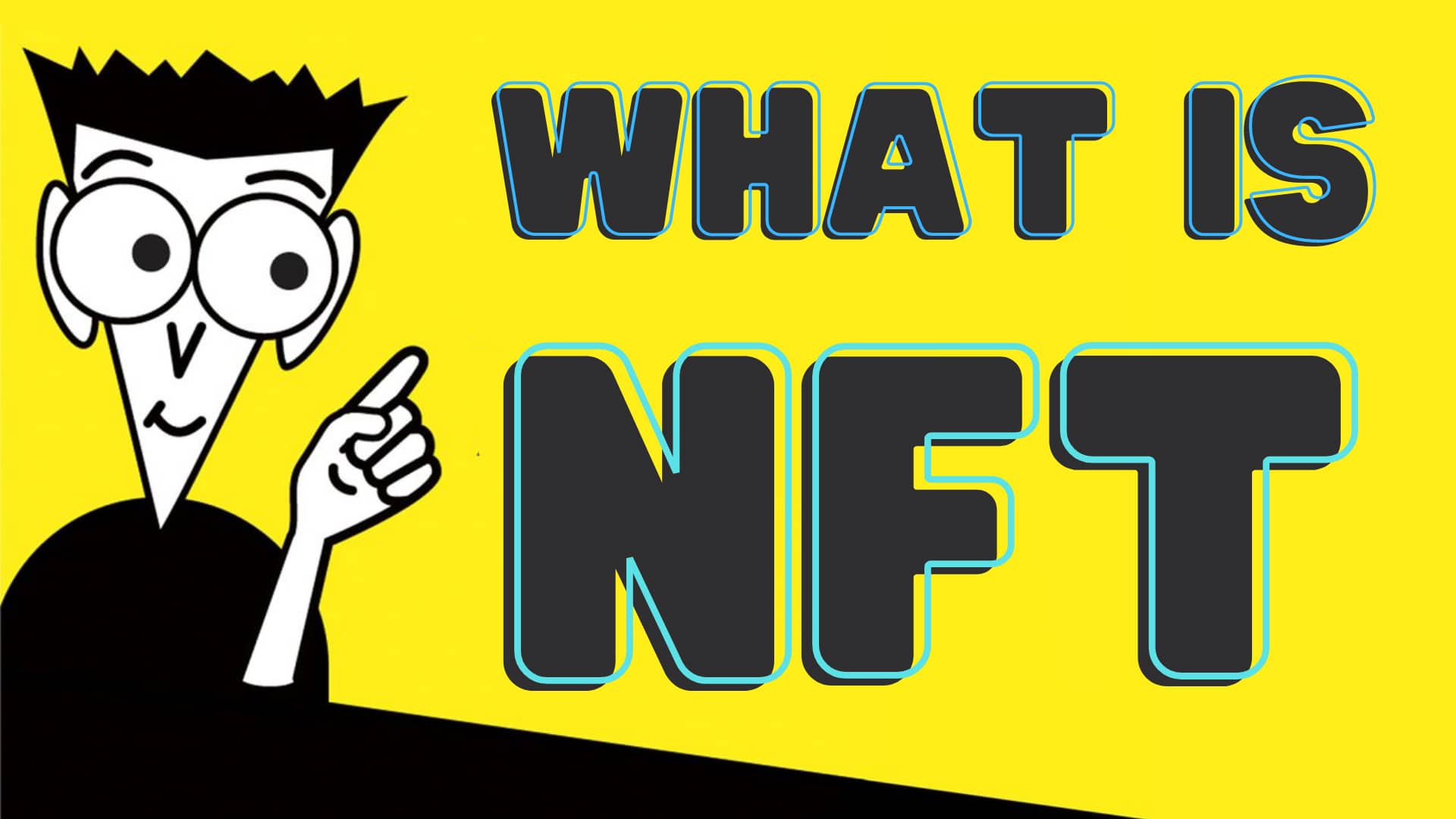
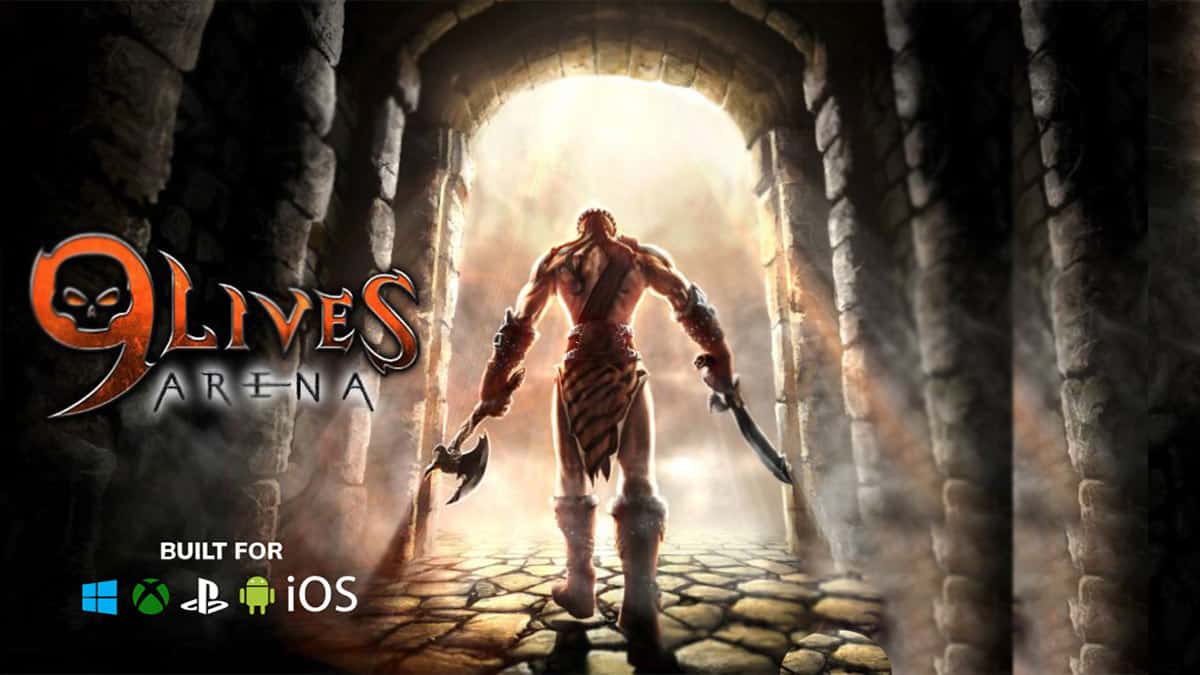


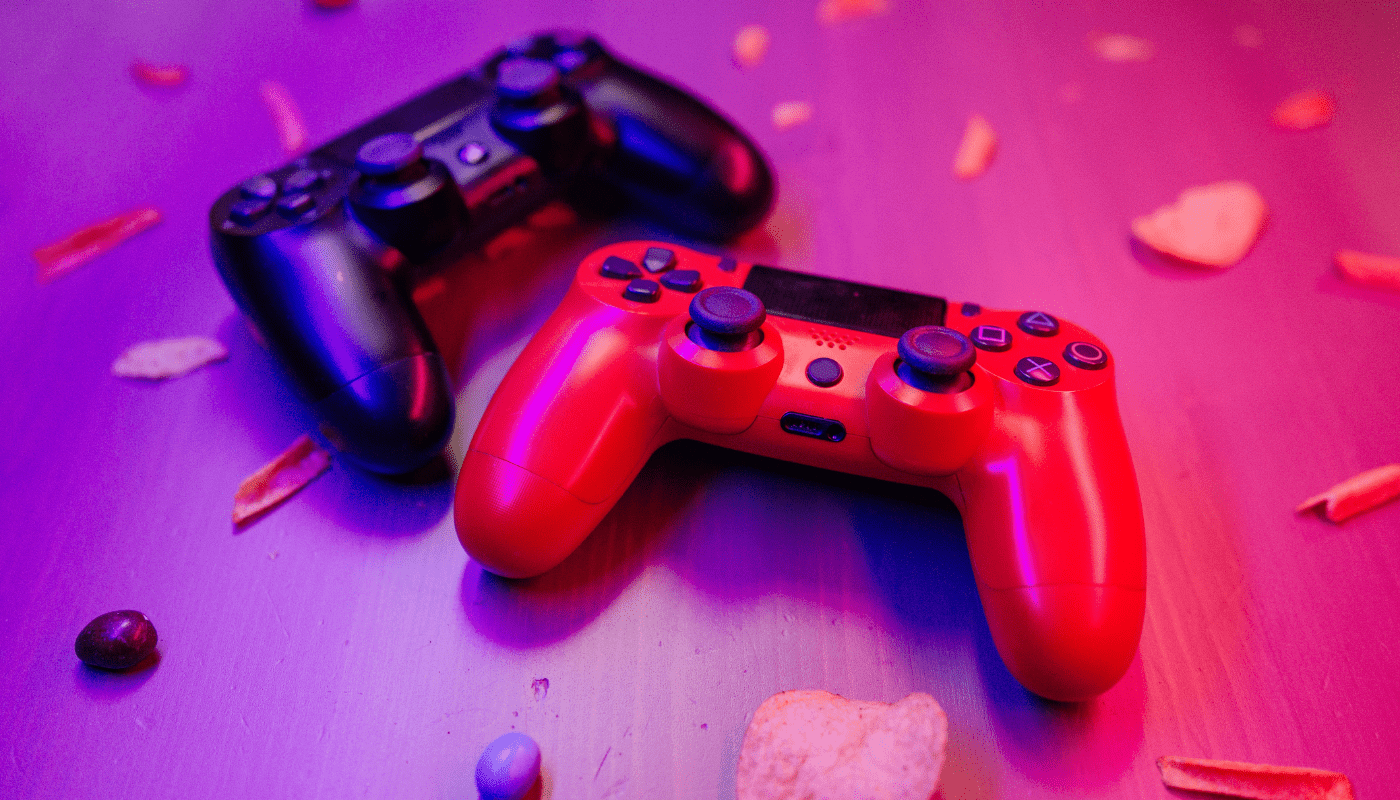



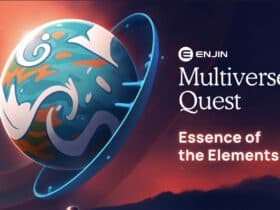



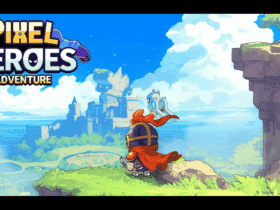

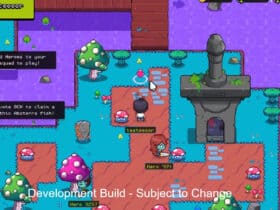
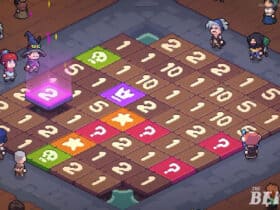


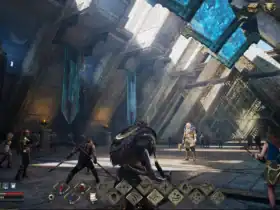

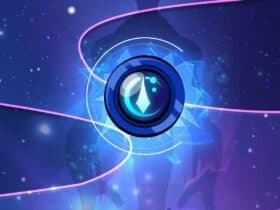
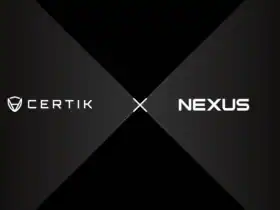
STAY ALWAYS UP TO DATE